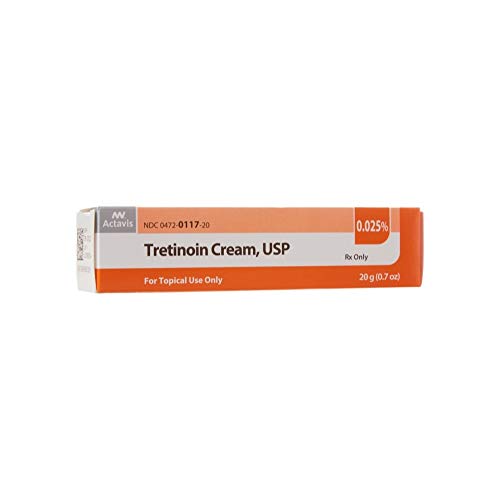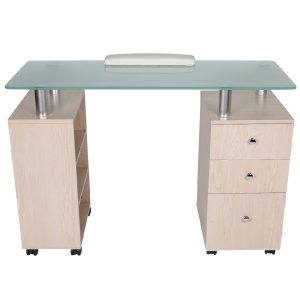Tretinoin is available by prescription only and has been shown to improve many skin conditions. Before applying this medication, clean the affected area with a mild or soapless cleanser and gently pat (don’t rub) dry.
Once applied, tretinoin quickly permeates skin layers and directs cell behavior. It unclogs pores and helps eliminate acne-causing bacteria. It also minimizes fine lines, wrinkles and rough areas caused by sun damage.
Improves Skin Texture
Tretinoin helps even skin tone and texture by increasing cell turnover. It improves the appearance of sun damage, such as discoloration, coarseness, scattered brown spots, and visible small blood vessels (Guan, 2021). It also helps with photoaging, which is loss of collagen, wrinkles, fine lines, rough skin, and dryness (Yoham, 2020).
Tretinoin treats noninflammatory acne by breaking down the buildup of oil and dead skin cells in pores. It also makes the skin less welcoming to bacteria that cause breakouts. It’s possible to experience a purging effect when using the treatment, which can lead to an increase in blackheads and whiteheads — but they should clear up again with continued use.
Tretinoin may make you more sensitive to the sun, so it’s important to wear sunscreen every day while you’re using it. You should avoid tanning beds and sunlamps, and wear hats and other protective clothing to limit your exposure. Your doctor can tell you which SPF level is best for your skin type.
Reduces Wrinkles
While over-the-counter retinoids can be found in many skin care products, topical tretinoin is more powerful and only available by prescription. It is recommended by doctors to reduce photoaging signs and improve skin tone. In one 6-month study, participants using a 0.025% tretinoin cream showed significant reductions in mottled hyperpigmentation, xerosis and coarse and fine wrinkles.
The way tretinoin works as an anti-aging and acne treatment is by speeding up your skin’s cellular turnover. This allows fresh skin cells formed deep inside the epidermis to reach the surface more quickly and replace old, damaged skin.
Tretinoin also speeds up the process of collagen production, helping to firm and plump the skin. This is the key to reducing facial lines and wrinkles like frown lines, crow’s feet and forehead lines. It may take weeks or months to begin seeing these anti-aging effects, but once they start to show, they will be dramatic. Use tretinoin along with other hydrating skincare products and a high SPF sunscreen daily to maximize the benefits.
Reduces Brown Spots
Tretinoin can even out skin pigmentation by dispersing melanin granules and reducing dark spots. It also promotes new cell growth, which can decrease scarring and other signs of sun damage.
It is very important to use sunscreen every day while using tretinoin, as it can make your skin more sensitive to sunlight. You should use a sunscreen that is at least 30 SPF. It is also very important to use a gentle cleanser and moisturizer before applying your tretinoin.
Tretinoin is available by prescription (Retin-A, Renova, Tretin-X) and can be purchased in gel, lotion or cream. Your clinician can recommend the right product for your specific skin type and sensitivity. Ideally, you should only need to apply a pea-sized amount of the prescription retinol each night before bed. More than this could lead to dryness and flaking.
Reduces Oily Skin
Tretinoin treats oily skin by unclogging pores and increasing new cell growth. It also helps even out skin pigmentation by dispersing melanin granules that cause dark spots. It can be used with other skin-care ingredients to increase effectiveness, including abrasive cleansers, benzoyl peroxide and moisturizers that contain jojoba oil.
Before applying tretinoin, make sure the face is completely clean with a non-irritating cleanser like Vanicream Gentle Foaming Facial Wash. Apply a dime-size amount of the medication to the face and spread it lightly, using the tips of your fingers. Avoid sensitive areas like the eyes, nostrils and lips. For best results, apply the tretinoin at night before bed.
It is important to use a broad-spectrum sunscreen with an SPF of 30 or higher whenever the face will be exposed to sunlight, especially for the first few weeks of treatment. This is because the increased cell turnover and decreased sebum can make the skin extra sensitive to sun damage and even burns. tretinoin cream



